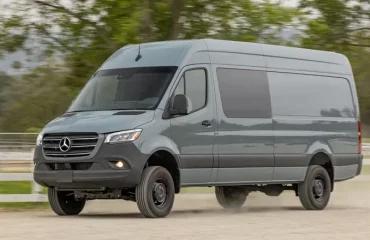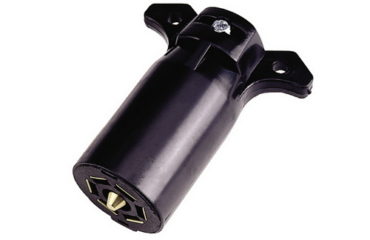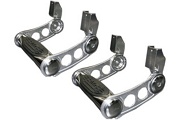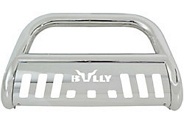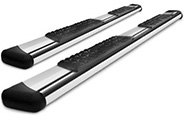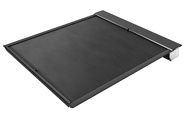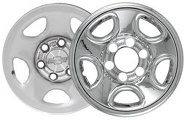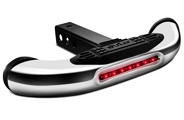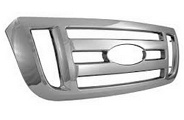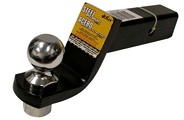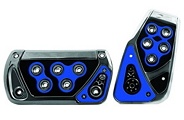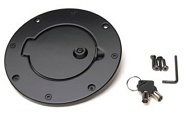When it comes to towing, “properly rated” are not just empty words. You have to determine the proper weight class of your receiver hitch, you have to always make sure the weight capacity of your hitch is never exceeded, and of course, you have to find the properly rated hitch ball as it’s just as crucial as the rating of your receiver hitch.

Patented Forged Trailer Hitch Tri-Ball Hitch with Hook: 3 Sizes in 1 Tow Ball

HAUL-MASTER Triple Ball Trailer Hitch Mount Ball sizes: 1-7/8 in., 2 in., 2-5/16

HAUL-MASTER Triple Ball Trailer Hitch Ball sizes: 1-7/8 in., 2 in., 2-5/16 SM20

Nilight Chrome Trailer Hitch Ball or Trailer Hitch Ball Mount different sizes

USA GH40090 Chrome Trailer Hitch Ball, 10,000 lbs, 2-Inch Diameter, 1-1/4" x

Trailer Hitch Tri-Ball Hitch Ball Mount with 1-7/8", Black hitch ball with pin

Trailer Hitch Tri-Ball Mount with Hook & Pin Balls Sized 1-7/8, 2 & 2-5/16 inche

Patented Forged Trailer Hitch Tri-Ball Hitch with Hook: 3 Sizes in 1 Tow Ball
Even though the GTWR of a hitch ball is the most important factor when selecting the right trailer ball, other details such as trailer hitch ball sizes, the thickness of the mounting platform, and hole diameter should be 100% taken into consideration. A trailer ball is an attachment that provides a connection between the trailer and the hitch. Its specs include a ball diameter, shank diameter, shank rise, and shank length.
Determining Trailer Hitch Ball Sizes
- Ball Diameter: Check the top of the trailer coupler for the size of the ball diameter required. The size is usually stamped there. Recreational and light commercial hitch balls come in a variety of sizes including 1 7/8″, 2″, 2 5/16″, and occasionally 3″. In general lighter trailers use smaller hitch balls. It is VERY important to match the trailer to the correct hitch ball.
- Shank Length: This is the length of the shaft that extends beyond the mounting base of the hitch ball. It is important to use a shank that is long enough to extend beyond the thickness of the draw bar mounting tab to ensure that enough threads are available to securely fasten the ball to the mount.
- Shank Diameter: This is the diameter of the threaded shaft that is inserted through the ball mount. Shanks come in a variety of sizes (5/8″, 3/4″, 1″, and 1 1/4″) and capacities. (7,000lbs-17,000lbs)
- Rise: The height of the shank can be used to raise a trailer back to level in the event the “rise” or “drop” of a ball mount is inadequate.
- The hitch ball diameter must be always matched to the trailer coupler size, an undersized ball will loosen up and fail;
- The shank diameter (the width of the threaded shank) must be equal to the hole diameter;
- The shank length (distance from top to bottom of a shank): minimum of two threads should be visible after the nut is tightened;
- The shank rise (shank height) can be used to precisely level the trailer in case of the improper “rise” or “drop” of a trailer ball mount.
Trailer Hitch Ball Sizes
| VEHICLE TYPE | TRAILER HITCH CLASS | PULL, LBS | TONGUE WEIGHT, LBS | TRAILER HITCH BALL SIZE |
|---|---|---|---|---|
| small cars | 1 | 2000 | 200 | 1 7/8 in |
| small vans | 1 | 2000 | 200 | 1 7/8 in |
| full-size cars | 2 | 3500 | 350 | 2 in |
| SUVs | 2 | 3500 | 350 | 2 in |
| small trucks | 2 | 3500 | 350 | 2 in |
| full-size vans | 3 | 5000 | 500 | 2 in |
| full-size trucks | 3 | 5000 | 500 | 2 in |
| full-size SUVs | 3 | 5000 | 500 | 2 in |
| full-size vans w/loads requiring weight distribution | 4 | 10000 | 1000 | 2 5/16 in |
| full-size trucks w/loads requiring weight distribution | 4 | 10000 | 1000 | 2 5/16 in |
| HD trucks with large trailers | 5 | 30000 | 3000 | 3 in |
Most trailers have a hitch ball size and maximum towing capacity stamped on the tongue, coupler handle, or frame, and you have to choose a trailer ball with the specs that are equal to or exceed those figures. Commonly used hitch ball sizes (diameters) are: 1-7/8″, 2″, and 2-5/16″.
- 1-7/8-inch ball has up to up to 2,000 lbs capacity and features 3/4″ or 1″ bolt (shank) diameter;
- 2-inch ball, which is the most popular size, offers capacity from 3,500 lbs up to 8,000 lbs and features 3/4″, 1″, or 1-1/4″ bolt diameters;
- 2-5/16-inch balls can handle from 6,000 lbs to 40,000 lbs and come with 1″ and 1-1/4″ diameter shanks;
- 3-inch balls are used infrequently for heavy-duty applications.
FEATURED TRAILER HITCH ACCESSORIES
[wptb id=6807]Safe towing depends on the ratings of all components – a hitch, ball, mount, and coupler, which are only as good as the lowest-rated part in the towing system. Always use the correct, properly rated hitch ball, with the right weight capacity and trailer hitch ball size, that should be the same as the trailer coupler size.
Submit your review | |
Good things to know. Does it make sense to have both most common hitch balls, a 1 7/8" and a 2", for smaller trailers and anything bigger?

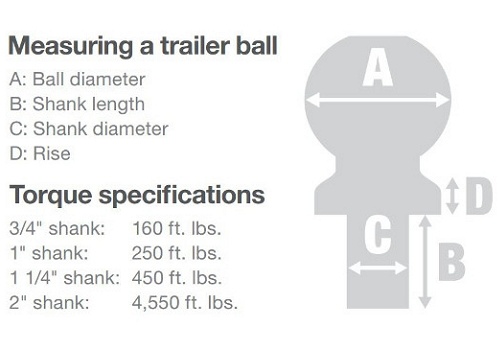
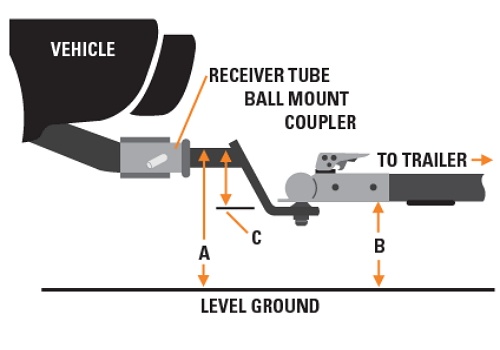

 Good things to know. Does it make sense to have both most common hitch balls, a 1 7/8" and a 2", for smaller trailers and anything bigger?
Good things to know. Does it make sense to have both most common hitch balls, a 1 7/8" and a 2", for smaller trailers and anything bigger?